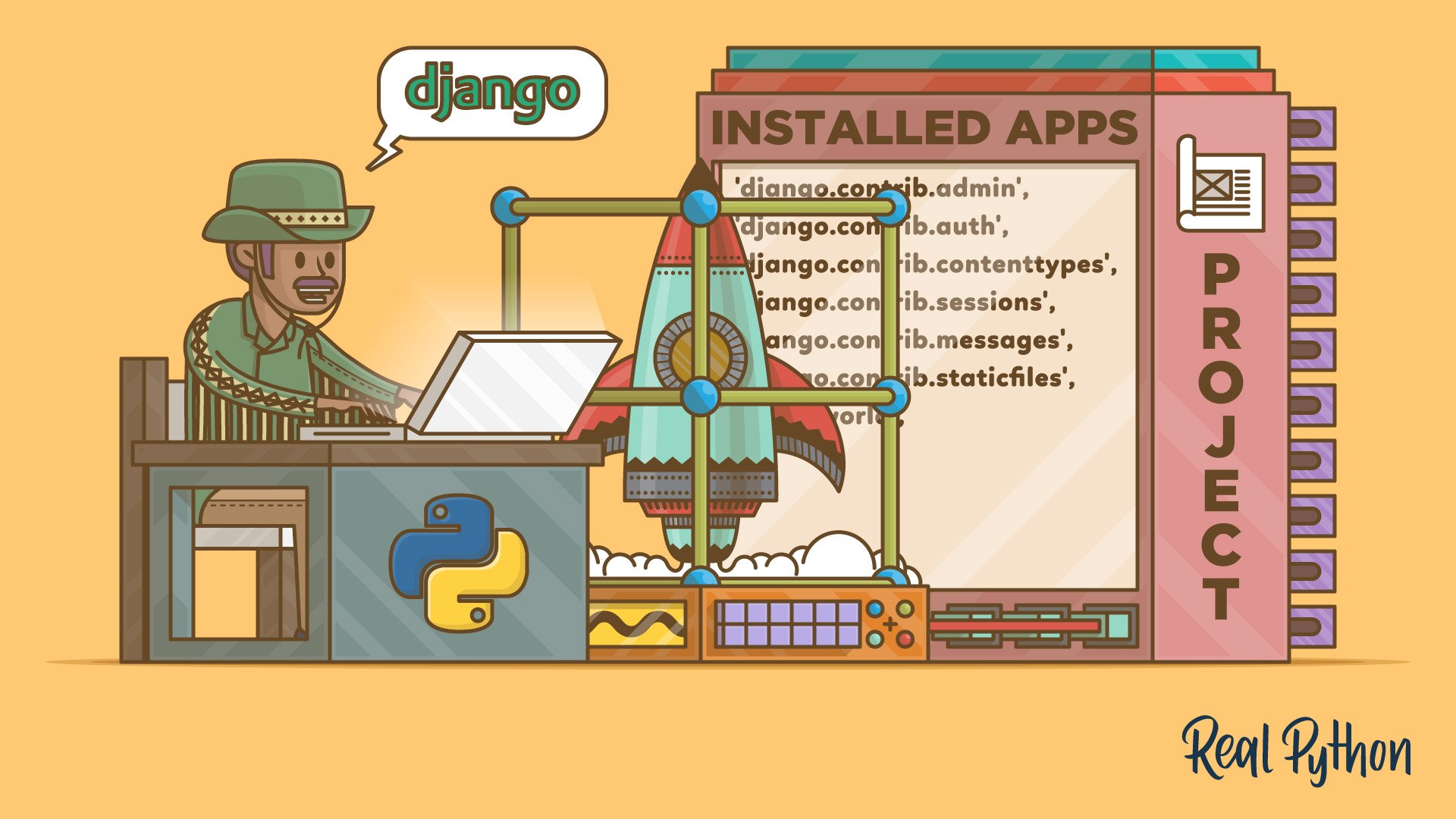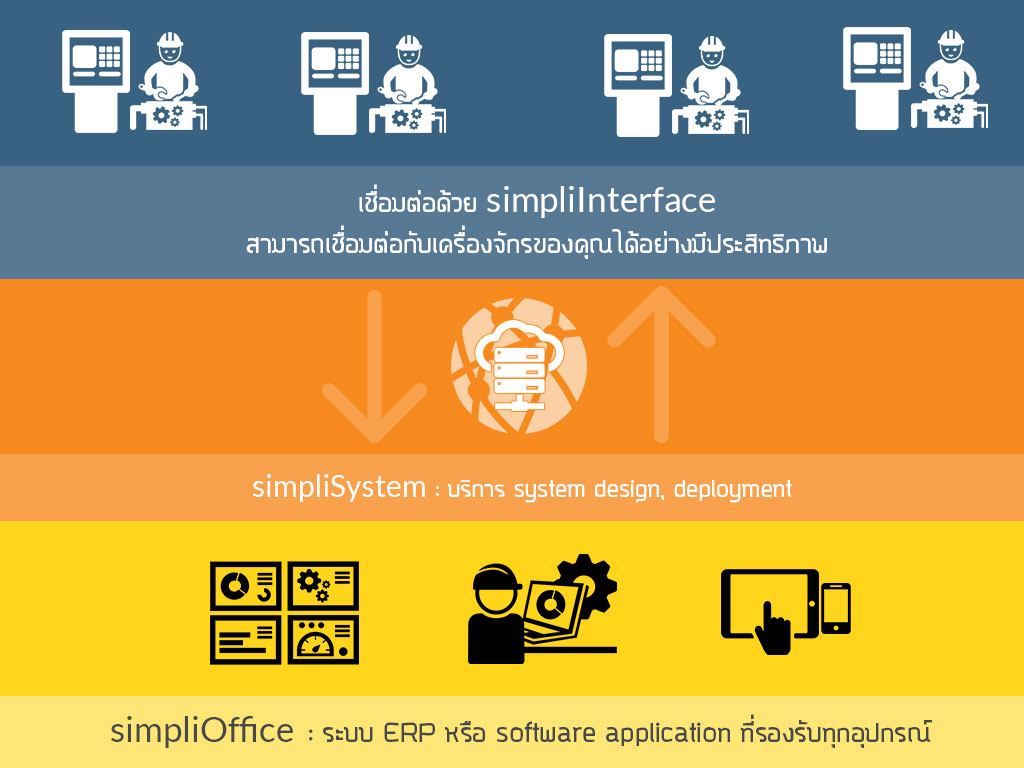Design Patterns ที่ช่วยให้จัดการ Legacy Code ได้ง่ายขึ้น
การทำงานกับ Legacy Code บางทีก็เหมือนเดินในทุ่งกับระเบิด—ไม่รู้ว่าเมื่อไหร่โค้ดจะระเบิดใส่เรา 💣 แต่ข่าวดีก็คือ...
Design Patterns (รูปแบบการออกแบบซอฟต์แวร์) คือเครื่องมือทรงพลังที่จะช่วยให้คุณควบคุมและจัดการกับ Legacy Code ได้อย่างมีประสิทธิภาพ
🧩 1. Adapter Pattern — ตัวแปลงอินเทอร์เฟซ
ปัญหา: โค้ดเก่าใช้โครงสร้างที่ไม่ตรงกับสิ่งที่ระบบใหม่ต้องการ
แนวทางแก้: สร้างคลาสตัวกลางที่ “แปลง” อินเทอร์เฟซให้เข้ากันได้
ตัวอย่าง:
# legacy_system.py
class LegacyPaymentProcessor:
def make_payment(self, amount):
print(f"[Legacy] ชำระเงินจำนวน ${amount}")# adapter.py
class PaymentInterface:
def pay(self, amount):
raise NotImplementedError
class LegacyAdapter(PaymentInterface):
def __init__(self, legacy_processor):
self.legacy_processor = legacy_processor
def pay(self, amount):
return self.legacy_processor.make_payment(amount)การใช้งาน:
adapter = LegacyAdapter(LegacyPaymentProcessor())
adapter.pay(100)✅ ระบบใหม่สามารถใช้งานผ่าน PaymentInterface ได้เลยโดยไม่แตะต้องโค้ดเก่า
🏗️ 2. Facade Pattern — หน้ากากที่ซ่อนความซับซ้อน
ปัญหา: ระบบเก่าซับซ้อน ใช้งานยาก
แนวทางแก้: สร้างอินเทอร์เฟซเดียวที่เรียกใช้ทุกอย่างแทน
ตัวอย่าง:
class LegacyAuth:
def check_user(self, username, password):
return username == "admin" and password == "1234"
class LegacyLogger:
def log(self, msg):
print(f"[LOG]: {msg}")class AuthFacade:
def __init__(self):
self.auth = LegacyAuth()
self.logger = LegacyLogger()
def login(self, username, password):
if self.auth.check_user(username, password):
self.logger.log(f"{username} เข้าระบบสำเร็จ")
return True
self.logger.log("ความพยายามเข้าสู่ระบบล้มเหลว")
return False✅ ใช้งานง่าย แค่เรียก AuthFacade().login(...) ก็จัดการระบบเบื้องหลังทั้งหมดแล้ว
🧪 3. Decorator Pattern — เติมพลังให้โค้ดเก่า
ปัญหา: อยากเพิ่มฟีเจอร์ใหม่โดยไม่แก้โค้ดเก่า
แนวทางแก้: สร้าง "ตัวห่อ" (Wrapper) เพื่อเพิ่มพฤติกรรม
ตัวอย่าง:
class LegacyReporter:
def report(self):
print("สร้างรายงานพื้นฐาน...")
class TimestampedReporter:
def __init__(self, wrapped):
self.wrapped = wrapped
def report(self):
from datetime import datetime
print(f"เวลารายงาน: {datetime.now()}")
self.wrapped.report()✅ ต่อยอดได้โดยไม่แตะต้องระบบเก่าเลย
🧰 4. Strategy Pattern — เปลี่ยนพฤติกรรมได้อย่างยืดหยุ่น
ปัญหา: อยากเปลี่ยน “วิธีทำงาน” ของโค้ดโดยไม่แก้โค้ดเดิม
แนวทางแก้: แยกพฤติกรรมออกเป็นโมดูล แล้ว inject เข้าไป
ตัวอย่าง:
class LegacySorter:
def sort(self, data):
return sorted(data)
class ReverseSortStrategy:
def sort(self, data):
return sorted(data, reverse=True)
class SorterContext:
def __init__(self, strategy):
self.strategy = strategy
def sort(self, data):
return self.strategy.sort(data)✅ ปรับเปลี่ยนพฤติกรรมการทำงานโดยแค่เปลี่ยน strategy
🚦 5. Proxy Pattern — ควบคุมการเข้าถึงระบบเก่า
ปัญหา: อยากเพิ่ม log หรือควบคุมสิทธิ์โดยไม่ยุ่งกับโค้ดเดิม
แนวทางแก้: ใช้คลาสตัวแทนในการควบคุมการเข้าถึง
ตัวอย่าง:
class LegacyDatabase:
def query(self, sql):
print(f"กำลังเรียกใช้ SQL: {sql}")
return f"ผลลัพธ์สำหรับ: {sql}"
class LoggingProxy:
def __init__(self, db):
self.db = db
def query(self, sql):
print(f"[LOG] ก่อนรัน: {sql}")
return self.db.query(sql)✅ ปลอดภัย และง่ายต่อการ debug
🔚 สรุปส่งท้าย
Design Patterns คือทางรอดในการทำงานกับโค้ดเก่าๆ
ลองเริ่มต้นจาก 5 รูปแบบนี้ แล้วคุณจะควบคุม Legacy Code ได้ดีกว่าที่เคย
หลักการสำคัญ:
- ห่อ แยก และแทน ไม่ต้องรีบแก้โค้ดเก่า
- ค่อยๆ refactor ไปทีละจุด
- เขียน test รองรับทุกการเปลี่ยนแปลง
หากคุณกำลังจัดการโค้ดเก่าๆ ในโปรเจกต์ของคุณเอง แล้วอยากให้ช่วยดูหรือช่วย refactor ก็บอกได้เลย! 😎
Get in Touch with us
Related Posts
- AI Accelerators ในระบบ Industrial AI ทำไม Software Framework จึงสำคัญกว่าแค่ชิปประมวลผล
- พัฒนาระบบสำหรับประเทศไทย: เชื่อมต่อ EC–ERP ด้วย AI และ Workflow ที่เชื่อถือได้
- ต้นทุนที่ซ่อนอยู่ของระบบ ‘อัจฉริยะ’ ที่ทำงานไม่เสถียร
- GPU vs LPU vs TPU: เลือก AI Accelerator ให้เหมาะกับงาน
- LPU คืออะไร? บทนำเชิงปฏิบัติและการใช้งานจริงในบริบทองค์กรไทย
- แปลคำศัพท์ Cybersecurity ให้เข้าใจแบบนักพัฒนา Software
- การออกแบบระบบ Cybersecurity Monitoring & Incident Response สมัยใหม่ สถาปัตยกรรมเชิงปฏิบัติ ด้วย Wazuh, SOAR และ Threat Intelligence
- แนวคิดการเขียนโปรแกรมแบบคลาสสิกในยุค AI
- SimpliPOSFlex. POS สำหรับธุรกิจที่อยู่บนความจริงของหน้างาน
- แนวคิดการเขียนโปรแกรมแบบคลาสสิก: บทเรียนที่เรายังได้เรียนรู้จาก Kernighan & Pike
- ก่อนจะเริ่มเขียนโค้ด: 5 คำถามที่เราถามลูกค้าทุกครั้ง
- ทำไมระบบที่ทำกำไรได้ อาจไม่มีคุณค่าที่แท้จริง
- โลกของเธอ
- สร้างระบบ Automation ที่เชื่อถือได้ด้วย Temporal + Local LLM + Robot Framework แนวทางสำหรับองค์กรไทยที่ต้องการ Automate งานบัญชี-ERP อย่างปลอดภัย
- RPA + AI: ทำไมระบบอัตโนมัติถึงล้มเหลว หากไม่มี “ความฉลาด” และการควบคุมที่ดี
- การจำลองความขัดแย้งชายแดนและ Proxy War
- แก้ “การค้นหาและการเข้าถึง” ก่อน ก้าวแรกที่เร็วที่สุดในการฟื้นคุณค่าห้องสมุดมหาวิทยาลัยในยุคดิจิทัล
- เรากำลังสร้างแพลตฟอร์มใหม่ สำหรับโรงงานที่ขายเศษวัสดุ และโรงงานรีไซเคิลในประเทศไทย
- แนวทางพัฒนา MES ด้วย Python สำหรับโรงงานไทย
- MES vs ERP vs SCADA: บทบาทและขอบเขตที่โรงงานไทยควรรู้














